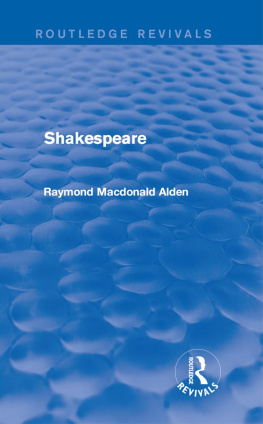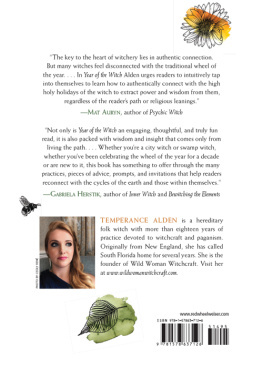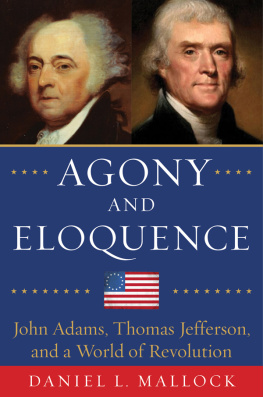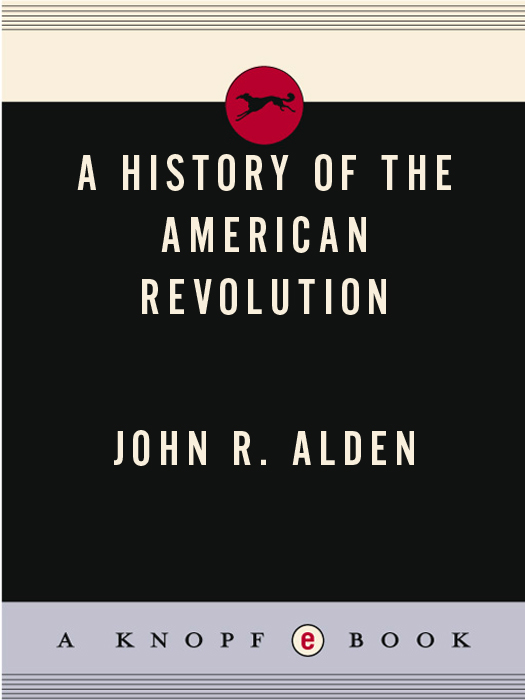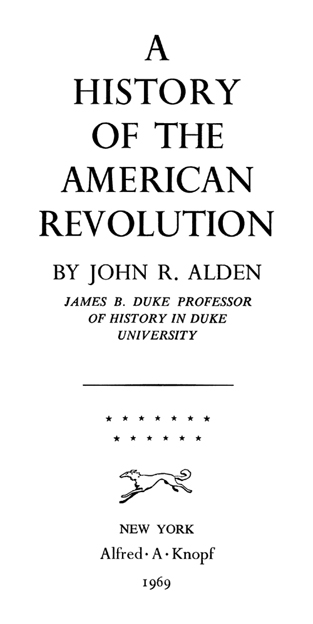Also by J OHN R. A LDEN

J OHN S TUART AND THE
S OUTHERN C OLONIAL F RONTIER [1944]
G ENERAL G AGE IN A MERICA [1948]
G ENERAL C HARLES L EE [1951]
T HE A MERICAN R EVOLUTION : 17751783 [1954]
T HE S OUTH IN THE R EVOLUTION : 17631789 [1957]
A H ISTORY OF THE U NITED S TATES
[with Alice Magenis, 1960]
T HE F IRST S OUTH [1961]
T HE R ISE OF THE A MERICAN R EPUBLIC [1963]
P IONEER A MERICA [1966]
THIS IS A BORZOI BOOK
PUBLISHED BY ALFRED A. KNOPF, INC.

First Edition Copyright 1969 by John R. Alden
All rights reserved under International and Pan-American Copyright Conventions. Published in the United States by Alfred A. Knopf, Inc., New York, and simultaneously in Canada by Random House of Canada Limited, Toronto.
Distributed by Random House, Inc., New York.
Library of Congress Catalog Card Number: 69-10201
eISBN: 978-0-307-83138-5
v3.1
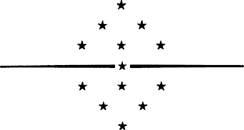
PREFACE
W ERE excuse needed for writing this book concerning the American Revolution, I might plead that my version of that momentous convulsion differs from all those offered by other historians. It is now more than thirty years since I entered the highways and byways of the Revolution as a graduate student at the University of Michigan under the guidance of that most kind and most exacting scholar, Professor Verner W. Crane. During that long generation I have read many documents in diverse archives and libraries concerning the upheaval that ended with the founding of the American republic. I have inflicted upon scholars and the public several books about phases of the Revolution and individuals who played important parts in it. Not surprisingly, I have acquired some notions of my own about men and events. I venture to offer my views in the hope that they will not be found to lack merit.
There are other reasons for preparing this volume, among them the continuing importance of the Revolution, not merely in the minds of scholars, but also in the affairs of mankind generally. A special circumstance is the need for a modern and relatively detailed book devoted precisely to the era of the Revolution in America. Beginning with the origins of the Anglo-American troubles that came after the Seven Years War and ending with the first inauguration of George Washington, the volume covers the tempestuous years in which the Thirteen Colonies separated from the British empire, in which the American union was founded. Still another reason for the appearance of this work is the need to bring together the results of recent and fruitful researches in the history of that era by American and British scholars, who have been delving most profitably into it since World War II.
I have striven to examine the Revolution from many vantage points, and I have dealt with things social, economic, political, military, and diplomatic. I have not slighted the War of Independence, which was, of course, central in the era. I have not neglected to narrate the campaigns of that struggle, but I have emphasized strategy rather than the details of battle and have sought to interweave civil and military history. Nor are things and persons British hastily treated. Without some understanding of Britain, without information about British institutions and the shifting fortunes of George III and the British politicians with whom he toiled, the American Revolution is not understandable. Trying to describe its course, I have concentrated upon events and issues that seem to me to be the most important. I have not attempted to cover the years 1783 to 1789, interesting as they are, in detail, but to confine my treatment of that period largely to the development of the American union.
Bias is the constant companion of the historian; it is often apparent in writings about the Revolution. I have striven to restrain my prejudices. All my opinions will not please all professional scholars or all readers. It will be apparent that I believe that the Declaration of Independence was politically and morally justifiable; that the creation of the American republic was a long forward step not only for the Americans, but for mankind generally; and that the establishment of the stronger American union in 1789 was the crowning achievement of the Revolutionary generation. Such views do not require that I utterly condemn George III, Lord North, Loyalists, or Antifederalists. I have tried to do justice to all persons who were conspicuous upon the Revolutionary scene, but also to manifest that charity which should always be exercised when one limns fallible human beings engaged in tragic conflict. There are few villains in this work.
It will be obvious that I do not subscribe to geographic, economic, or institutional determinism. Nor do I believe that the War of Independence was dictated by the Deity or by Fate. The course of events in Britain and America during the years 1763 to 1789 might have been far different from what it was. The complexities of that turbulent period cannot be reduced to inexorable simplicities. Nor is it possible to offer a final assessment of the consequences of the Revolution. It is not even certain that the political separation of Britain and America which took place in the eighteenth century is a permanent one. Few will question that repercussions from the Revolution continue everywhere upon the globe two centuries after it began.
I have corrected some of those seemingly inevitable and annoying small errors that appeared in my earlier books. I hope that I have not committed many new ones. I am indebted to several persons for assistance, especially Professor Clarence Gohdes, Mrs. Vivian Jackson, Mrs. Martha C. Love, Mr. Howard H. Peckham, Dr. Mattie Russell, Dr. Wilcomb Washburn, Mrs. Alice B. Wells, Mr. William Wickham, and Mr. Richard A. Winters. The Duke University Research Council generously supplied funds for copying documents and for typing.
I wish especially to acknowledge the profit that I have derived from examination of the notes and unpublished writings of the late Professor Fred J. Ericson, a devoted scholar of the Revolution and a longtime friend. His widow, Mrs. Vivian Ericson, graciously donated those papers.
John R. Alden

CONTENTS

ILLUSTRATIONS
following
G EORGE III, by Gilbert Stuart
(Photo courtesy North Carolina Museum of Art)
Q UEEN C HARLOTTE , by Gilbert Stuart
(Photo courtesy North Carolina Museum of Art)
S TATUE OF G EORGE W ASHINGTON by Horatio Greenough


